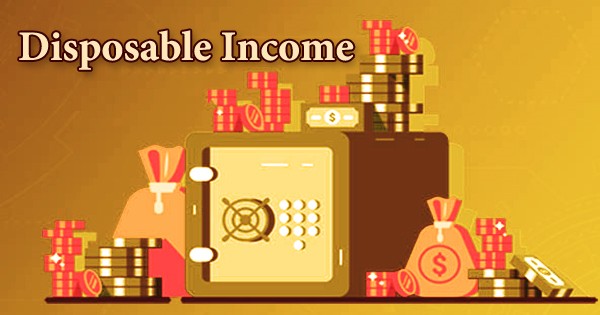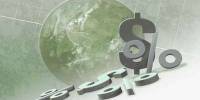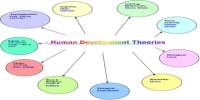Regenerative economics is a type of economic system that focuses on the regeneration of capital assets. The core idea of regenerative capitalism is that the processes that the universe uses to maintain healthy and sustainable ecological systems in the natural world can be used as a model for economic system design. It is frequently associated with increased inward investment and the relocation of businesses and households from declining areas. They must be used more precisely. It aims to increase business start-ups and growth, employment, earnings, and skill development, among other things. A capital asset is an asset that provides goods and/or services that are required for, or contribute to, our well-being.
According to standard economic theory, one can either “regenerate” or consume one’s capital assets until the asset no longer produces a viable stream of goods and/or services. The primary distinction between regenerative capitalism and capitalism is that the latter seeks short-term profits through acquisition and depletion. What distinguishes regenerative economics from standard economic theory is that it considers and assigns hard economic value to the earth’s and sun’s primary or original capital assets. The former promotes healthy inter-systems and gives back rather than taking and taking some more.
Regenerative economics is the application of nature’s laws and patterns of systemic health, self-organization, and self-renewal to socio-economic systems, promoting equitable development and shared well-being while increasing ecosystems’ capacity to thrive. We can’t do much to influence the sun, but we can value access to it in places where it can be influenced. As a result, the majority of Regenerative Economics focuses on the earth and the goods and services it provides.
Regenerative economics fits perfectly within the capitalist economic framework. It refers to the revitalization of local and regional economies, as well as the associated gains in economic competitiveness and prosperity. It is frequently associated with increased inward investment and the relocation of businesses and households from declining areas. Recognizing the earth as the original capital asset gives the human support system known as the environment its true value.
Economic regeneration is inextricably linked to the concept of liveability, which is concerned with creating places where people want to live and work. The failure to properly recognize this original value has resulted in the unsustainable economic condition known as uneconomic growth, a term coined by leading ecological economist and steady-state theorist Herman Daly, as stated in the book Reshaping the Built Environment: Ecology, Ethics, and Economics. It is closely linked to social, cultural, and environmental improvement, as well as larger processes of neighborhood renewal.
Economic regeneration typically occurs in urban/peri-urban areas that were once economically prosperous but have since experienced a decline in economic well-being. A regenerative economics, as proposed by John Fullerton, incentivizes and rewards actions that improve systemic health while discouraging actions that degrade systemic health. According to the authors of the regenerative economic theory, uneconomic growth is the polar opposite of regenerative economics.
















